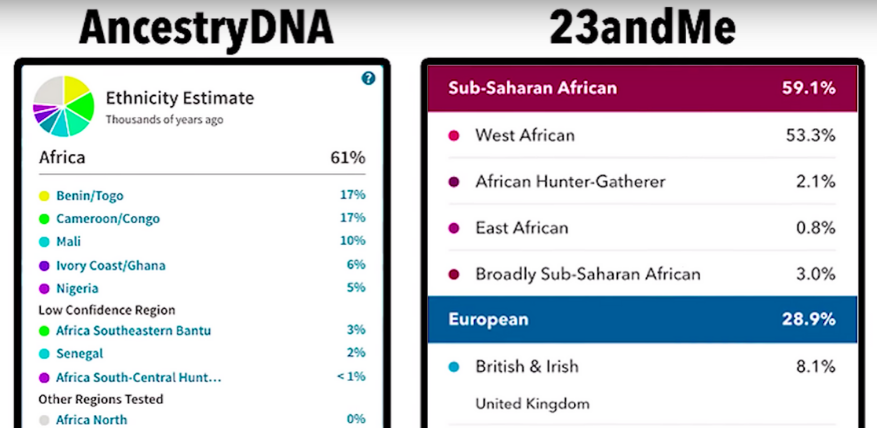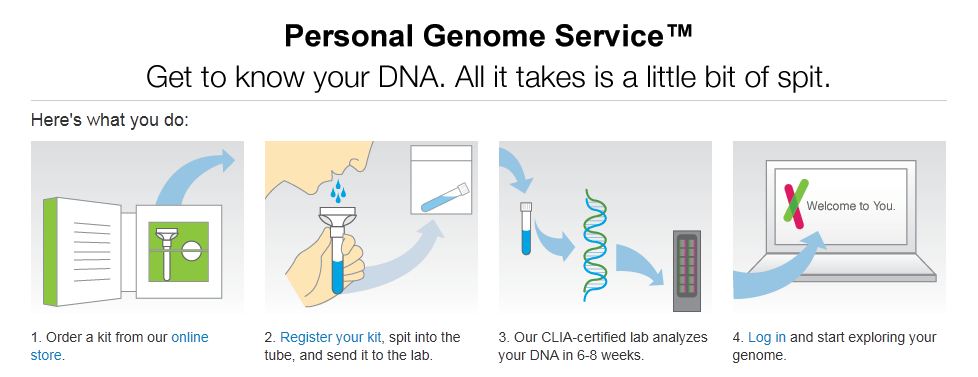

Using the browser, I am able to see the exact amount of DNA that my parents share with their matches in centimorgans, as well as the exact location on the chromosomes where the shared DNA segments are located. Maybe I’m a nerd, but I absolutely love to be able to compare DNA matches using the 23andMe chromosome browser. Well, along with the list of DNA matches. This is my absolute favorite part of 23andMe results. Yes, 23andMe does have a chromosome browser

There are numerous ways to sort DNA matches on 23andMe, so if I am looking for a particular person, or someone with a particular surname, I can easily sort it out. You can see how many matches you have, the estimated relationship, and how many DNA segments you share. The image below shows how the DNA matches show up on the DNA relatives list. All of these people are related to my parents, which means that by having my both of my parents test, I have discovered 2,167 genetic relatives. My mom has 1085 DNA matches and my dad has 1082 DNA matches. I had both of my parents do a 23andMe ancestry test in order to help with my family tree research. 23andMe can help you discover living relatives I don’t know where all of my dad’s ancestors from the Netherlands were born, naturally, but I think it is amazing to have this really helpful list that might be able to help me narrow things down in the future.

To my surprise, I was able to pull up a list of provinces within the Netherlands that match my dad’s DNA: Most of my dad s Dutch ancestors were born in Gronigen! 23andMe can sometimes help you discover the specific part of a country where your ancestors livedĮven better than just being able to tell us the country (or broader geographic region) where our ancestors lived, sometimes a region shows up so clearly in our DNA that they are able to pinpoint the county (or administrative region) where our ancestors lived.įor example, most of my dad’s ancestors were born in Gronigen.


 0 kommentar(er)
0 kommentar(er)
